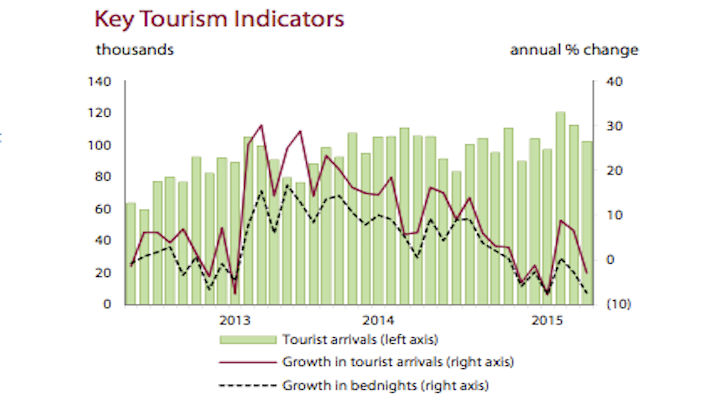Tourist arrivals decline in June
Tourist arrivals in June declined by -2.2 percent in June compared to the same period in 2014, but registered a marginal growth of 1.3 percent in the first half of 2015 compared to last year.

30 Jul 2015, 9:00 AM
Tourist arrivals in June declined by 2.2 percent in June compared to the same period in 2014, but registered a marginal growth of 1.3 percent in the first half of 2015 compared to last year.
A total of 81,506 tourists visited the Maldives in June, compared to 83,347 visitors in June 2014, according to statistics from the tourism ministry.
Total arrivals during 2015 meanwhile reached 605,105 from January to June. A total of 601,513 tourists visited the Maldives during the first half of 2014.
The total occupancy rate also declined by 5 percent on average during the first half of the year whilst the average duration of stay also fell by 0.3 percent.
Become a member
Get full access to our archive and personalise your experience.
Already a member?
Discussion
No comments yet. Be the first to share your thoughts!
No comments yet. Be the first to join the conversation!
Join the Conversation
Sign in to share your thoughts under an alias and take part in the discussion. Independent journalism thrives on open, respectful debate — your voice matters.




